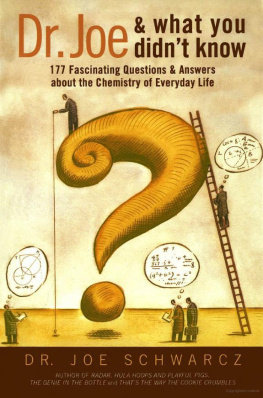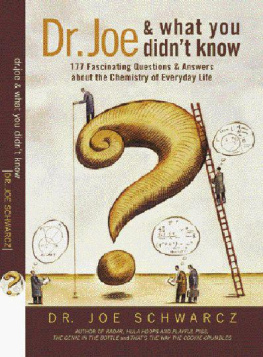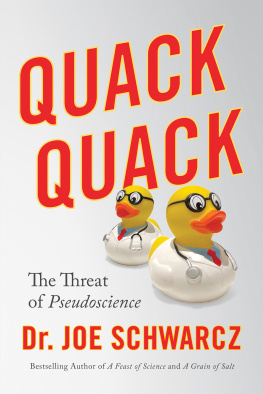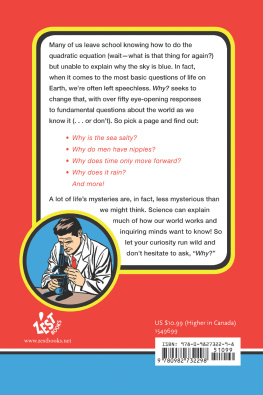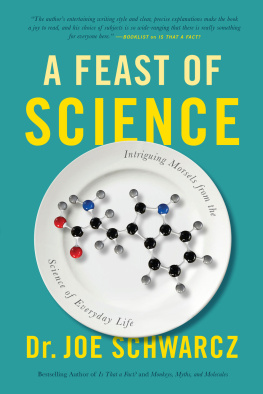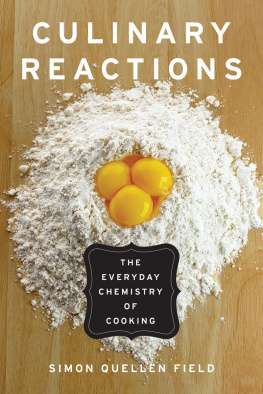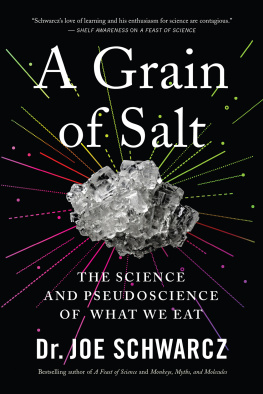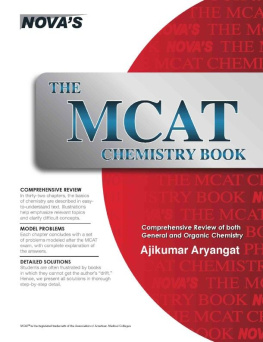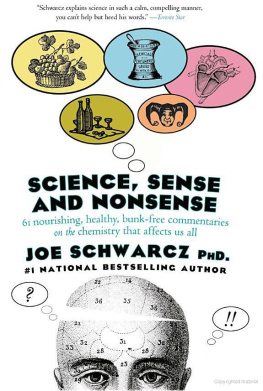DR. JOE AND WHAT YOU DIDN'T KNOW
1. How would you relate barefoot, pregnant, and on a cactus to cherry or strawberry ice cream?
It all comes down to the fascinating little insect called dactylopius coccus.
When Hernn Cortz arrived in Mexico in 1518, he was intrigued by the beautifully colored Aztec fabrics he saw there. The source of the dye appeared to be seeds on the surface of certain cactus plants, but closer scrutiny revealed that they were not seeds at all. They were little bugs. Today, we know these insects as cochineal and the dye they yield as carmine. Montezuma, the Aztec king, was so fond of wearing robes made of carmine-dyed fabric that he imposed a tax upon his subjects to be paid in dried cochineal insects.
The pregnant female cochineal bug produces the brilliant red dye that became the first product ever exported from the New World to the Old. Soon, Europeans were dying their wool and silk with the insect extract. Maybe the most memorable use of cochineal was the bright scarlets for which the Gobelin tapestries of Paris became famous.
Producing the dye is not an easy business. The female insects, which feed on the red cactus berries and concentrate the dye in their bodies and in their larvae, are scraped off the cactus and dumped into hot water, where they instantly die. They are then dried in the sun and crushed into a powder, which is added to water or to a water-alcohol mixture. For fabrics, a mordant, such as alum, which binds the color to the material, is generally used. Carminic acid, the active coloring agent, is one of the safest existing dyes, and it is commonly used in foods and cosmetics. Candies, ice cream, beverages, yogurt, lipstick, and eye shadow can all be colored with cochineal.
Allergic reactions to the dye are rare. There have been reports of people reacting to the aperitif Campari, pink popsicles, maraschino cherries, and red lipstick, but more people suffer reactions to other food and cosmetic ingredients. In one instance, the face of a little boy who was kissed by his loving grandmother became swollen. It seems he had been sensitized to carmine, probably through food or candy, and he had reacted to the coloring in her lipstick. When reactions do occur, they tend to be in the form of hives and swelling, although one anaphylactic reaction to Campari-Orange has been reported.
Cochineal insects are very small, so it takes about seventy thousand females to produce a pound of dye. The males are quite useless in this regard. Like the males of most species, they are duller than the females. They are also rare and live for only a week; during their lifetime, they mate with as many females as possible. (Maybe they are not so dull after all.) So, how do the dye makers separate the sexes? Well, the males can fly, but the wingless females cannot. When the cactus is disturbed, the males scoot, but the females cannot escape. They are scraped off, destined to color some of our cherry or strawberry ice cream. I know that many of you may not find the prospect of ice cream colored with bug juice appetizing, but it is an effective and safe dye. And, of course, it's all natural.
2. What condition would you have if you were being treated with carbamide peroxide?
Stained teeth. Carbamide peroxide is the active ingredient in most tooth-whitening products, and it works by releasing hydrogen peroxide, which in turn yields hydroxyl free radicals, which can break down colored molecules.
Hydrogen peroxide itself is a liquid and difficult to apply to teeth, but when it's mixed with urea it forms a gel of carbamide peroxide that can easily be painted on teeth, placed into trays fitted to the teeth, or incorporated into whitening strips. Thickeners such as carbopol and glycerin are often used to achieve the right consistency.
Tooth discoloration is mostly the result of colored substances in foods and drinks that embed themselves over time in the calcium phosphate that makes up the tooth's outer coating, the enamel. Tannins in tea and coffee, anthocyanins in blueberries, and polyphenols in red wine are just some of the compounds that can discolor teeth. A further complication is that dentin, the mix of proteins and calcium phosphate that lies beneath the enamel, yellows naturally with age. The molecules responsible for tooth discoloration tend to have a network of carbon-carbon double bonds. Such unsaturated systems, as they are called, absorb some colors but reflect yellow. Hydroxyl radicals are highly reactive and can disrupt these double bonds, leading to whitened teeth.
Applying various peroxide products to the teeth is generally quite a safe and simple procedure, although some people experience heightened sensitivity to cold after their dentists apply products containing high concentrations of hydrogen peroxide. Products developed for home use generally contain only 3 to 6 percent hydrogen peroxide and do not cause sensitivity, but they may take weeks to lighten discolored teeth. We may not yet have an ideal system for treating stained teeth, but carbamide peroxide is surely a great improvement over historical methods, which included swirling with urine or rubbing the teeth with a mixture of chalk and ground rabbit skull.

